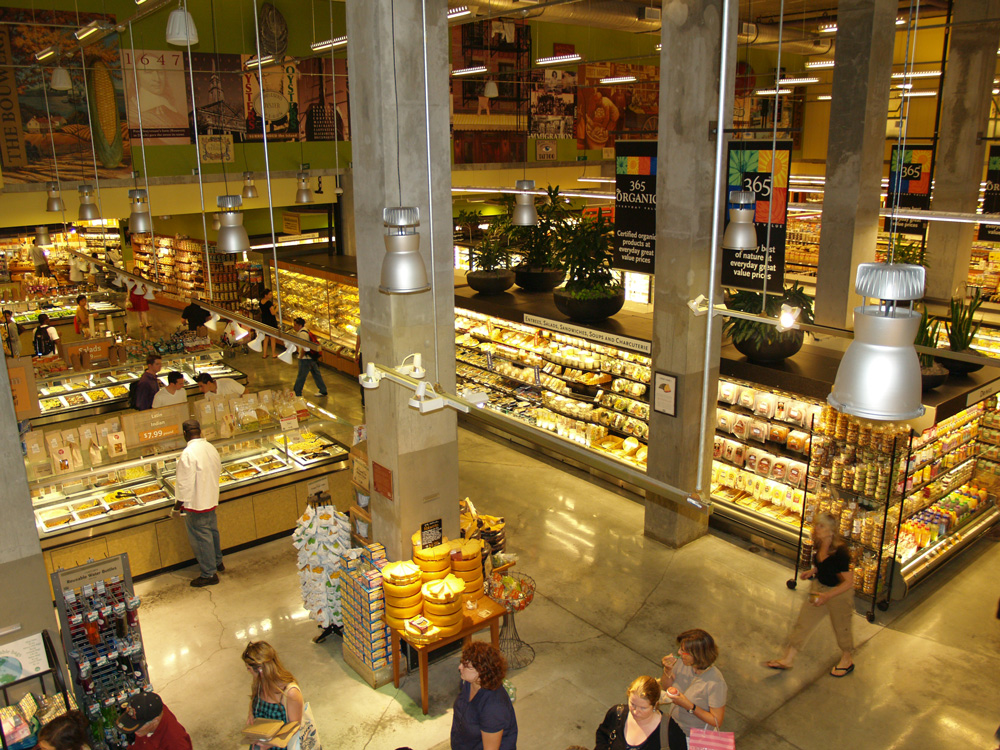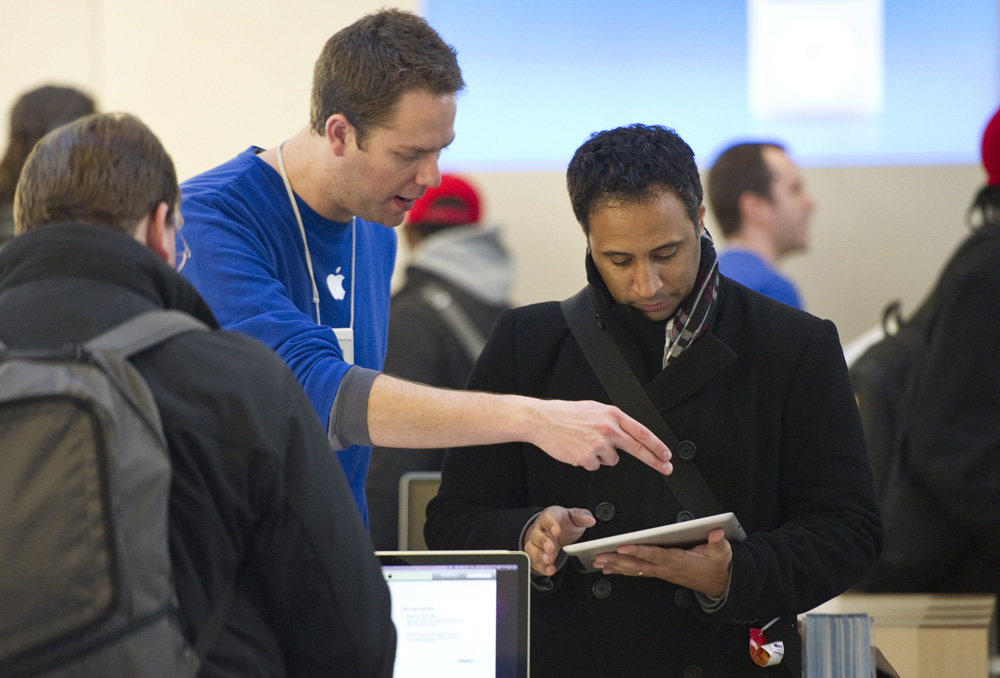At the end of last year news came through of British high street electrical retailer Comet going into administration. According to reports from the BBC “the business has struggled due to the downturn, and an upsurge in sales for online retailers such as Amazon.” Over the last week entertainment retailer HMV and camera specialist Jessops have also gone into administration. 11 ,000 jobs have been lost.
My (polite) response to this and the regular complaints from high street retailers is: hurry up and reexamine your brand.
Retailers should be asking themselves some of the really basic questions I ask clients before embarking on new strategy:
1. Who is your target consumer and how do they behave?
2. What do they want and where do they get it?
3. What do they think of you?
4. Who are your key competitors and what are they doing?
Clearly some retailers are being slow to monitor and re examine their brand fundamentals – a recipe for disaster in the rapidly changing retail world.
We have all witnessed the shift in the way we access online information.With mobile web usage set to outstrip desktop usage by 2014 it’s clear that the way consumers want to interact with retailers is changing.
If high street retailers are unable to adapt quickly enough to these trends then they are putting themselves at serious risk. Despite the closure of many high street stores, according to the NetSuite Retail & WD Trends Report 2012 which measured retail trends in the UK:
- 12% revenue growth is forecast this year
- Retailers expect 23% growth in m-commerce over the next year
- Two-thirds of retailers expect social media to drive considerable sales
- 27% of wholesale distribution companies plan to add a direct sales channel (e-commerce)
It would appear from the figures that m commerce growth is far larger than overall retail growth.
Retailers therefore need to act quickly to capitalise on the growth of m commerce.
Shoppers are increasingly bringing digital technology into the overall shopping experience, and mobile is the only technology that has an impact through every channel of the retailing experience.
With mobile, consumers have the flexibility to shop online, wherever they are. Those hunting for a bargain can do so by price-checking goods on their mobile phones while in store. This also serves to bring online only retailers directly into competition in the bricks and mortar retail space. Amazon US, even capitalised on their consumer behaviour knowledge by offering consumers $5 to use its price check app while in high street stores.
There are a number of key considerations that brick and mortar retailers need to adopt to survive :
1. MAKE THE MOST OF MOBILE
Brick and mortar retailers in order to succeed need to adapt to this change and quickly.
1. Make the mobile and physical shopping experience seamless and quick
For example last year saw the launch of Paypal in store at the high street fashion store Oasis. Consumers are now able to pay for purchases in store using their smartphones.
2. Drive footfall
Mobile coupons are a good way to drive customers in store, by offering an incentive to visit.They also give retailers the ability to collect useful consumer data. This can then be used to deliver personalised, relevant offers and communications that will enhance the consumer shopping experience and keep them coming back in store.
It also gives the opportunity for real time performance measurement. For example, if a retailer is having a slow day of sales, they could launch a campaign on their network of choice within moments, and coupons could start to be redeemed instantly.
Retailers could then track redemption rates in real-time, with the ability to alter, extend or curtail an offer based on its performance, within hours. For retailers, this has the potential to make an instant impact on footfall in stores.
Retailers need to move quickly. By embracing technology and blurring the lines between physical and digital retail, retailers can increase profits and re-establish their place on the high street.
2. DIFFERENTIATE FROM THE COMPETITION
Although online and mobile will be a huge area of growth , retailers still need to think about brand basics and ask themselves what differentiates them from the competition.
A great example of this is the US brand Help Remedies which has a clear vision of who they are and how they stand out from the competition.
A recent pop up shop in Washington DC served to re enforce the brand and help consumers try the experience for themselves.
Images: Trulydeeply.com.au
As well as offering remedies for common ailments, they also offered unique and rich brand events such as a fortune teller for “Help I’m worried about the future”.
The Help Shop also featured ‘living windows’, including a man in bed demonstrating ‘help I can’t sleep’
Help Remedies really understand the power of leveraging their brand.
3. RIGHTSIZE THE CHAIN OF STORES
Retailers need to focus on major national hubs rather than having a store in every single town . All other areas need to covered via slick and effective online offering. For example Next retail in the UK ran a Christmas campaign highlighting their ‘order online by 9pm and receive next day’ service.
4. LAYOUT STORE TO MEET SHOPPER’S NEEDS
High end US food retailer Whole Foods Market is all about personal choice and selection where food shopping is for pleasure. Rather than throwing items in a trolley and getting out of the store as quickly as possible, the consumer is presented with market style shopping. Staff are available behind counters to advise on what might be best.
Photo: Wikipedia
5. ADD THE HUMAN TOUCH
The obvious advantage that brick and mortar retailers have is that they can add the human touch. Shopping for high tech goods can be alienating or viewed as geeky. Apple have capitalised on this and offer consumers the opportunity to try out devices in a high tech but non threatening environment. Specialists are available to answer questions and the Genius bar offers more in depth advice. Your product can even be set up before you leave the store.
Photo: Forbes.com
My 5 points to brick and mortar retail survival are by no means exhaustive and I would love to hear feedback on more.
However one thing is clear, people still like to go out and shop. It’s now up to retailers to rexamine their brands, fully understand how their consumers behave and blur the lines between physical and digital retail.


